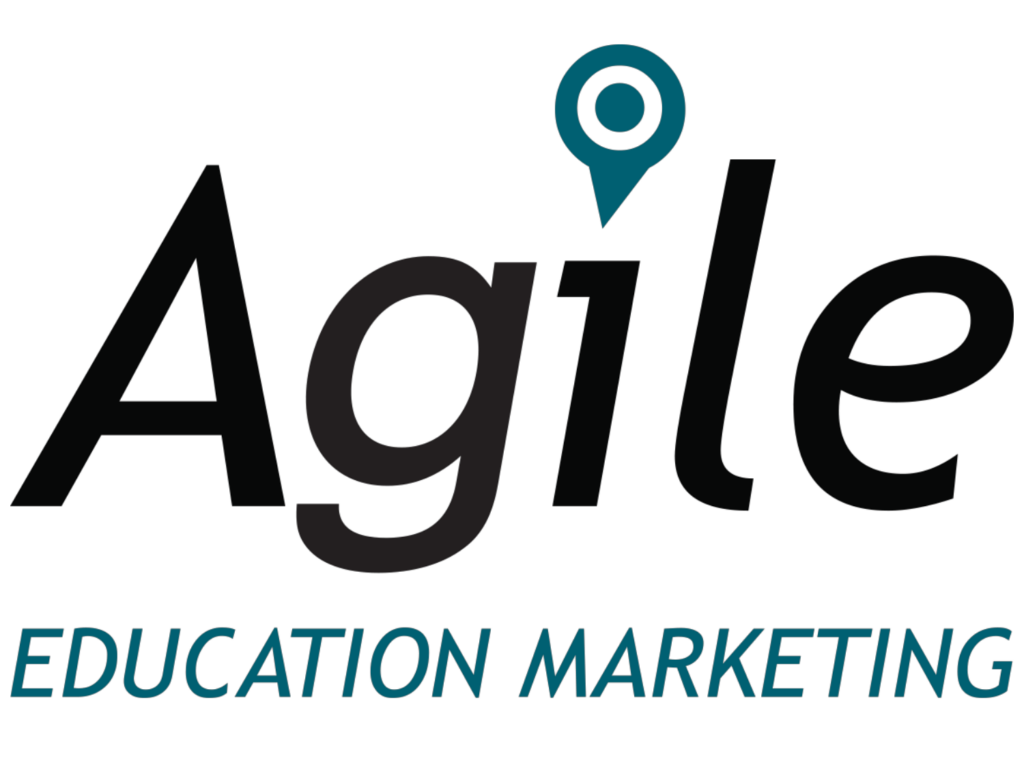As the new Trump administration begins to take form, bold proposals are on the table that could reshape U.S. education—especially when it comes to funding. With plans to shift more control to state governments and reduce federal involvement, both schools and education providers are bracing for potential cuts and changes in priorities. At the same time, these moves could create uncertainty for K-12 schools and higher education alike.
Read on to unpack the administration’s key proposals, including alternative funding options and strategies for navigating an evolving landscape.
Understanding Proposed Changes to the Department of Education
The U.S. Department of Education plays an important role in ensuring access to quality education—including distributing Title I funds to support low-income students, managing Individuals with Disabilities Education Act (IDEA) resources, and overseeing federal financial aid programs. These efforts not only help maintain educational equity but also provide students with the support they need to succeed.
However, significant changes could reshape the department’s role under the new administration. One key proposal, according to the Guardian, is shifting funding to state block grants. This includes giving state and local governments more control over how funds are allocated while reducing federal oversight and accountability.
The administration has also proposed plans to cut investments in programs for vulnerable students, including reducing Title I funding, according to Education Week. The proposal suggests consolidating Title I and other programs into a single appropriation of $19 billion—$4.7 billion less than current levels. If implemented, this reduction would directly affect over 60% of school districts that rely on these resources each year.
Finally, Inside Higher Ed reports that the administration proposes to cut funding for programs that expand college access, like Public Service Loan Forgiveness. Meanwhile, federal resources may move toward workforce training, potentially creating challenges for Pell recipients and fueling debates over funding priorities. This could limit access to financial aid for vulnerable students.
Overall, these potential changes signify a major overhaul in how education is funded and regulated while causing uncertainty for school districts that depend on federal support.
The Impact of State-Level Control on Education Funding
According to the National Center for Education Statistics, federal funding accounts for over 15% of revenue in 10 states. While a shift in education funding may offer the potential for more localized control, it also introduces risks that could impact underrepresented students and lead to disparities in resource distribution.
Here’s a closer look at the possible implications:
- Loss of federal oversight: Without federal accountability, essential programs like Title I and special education may see reduced funding, potentially leaving underserved students without crucial support.
- Inequitable resource distribution: Vulnerable learners may face disparities in access to resources and opportunities—depending on state priorities and funding decisions.
- Delays and inefficiencies in funding: State-level control can lead to delays in funding distribution, hindering schools’ ability to plan and deliver timely services.
- Widening disparities in funding: Greater reliance on local taxes and philanthropy may cause wealthier districts to thrive, while low-income areas struggle to provide adequate resources.
- Increased flexibility for local needs: States can tailor funding and programs to meet regional challenges, aligning resources with local priorities.
- Faster program implementation: State control may simplify the program rollout, allowing quicker adjustments to address urgent needs or innovations.
How Schools Are Adapting to a Shifting Landscape
With the changing landscape in mind, schools are exploring ways to adapt by diversifying their financial strategies. Some are looking to leverage state and local funds more effectively, while others are seeking grants from private organizations and foundations.
At the same time, schools may prioritize essential programs by aligning spending with strategic goals and conducting reviews of funded products and services to ensure they’re working as intended. Districts are also considering how to best engage with policymakers and stakeholders, advocating for continued support of key priorities: sustaining essential programs and improving outcomes for students.
How Education Providers Can Support Schools in a New Funding Era
While schools navigate shifting funding models, education solution providers can provide support by:
- Offering flexible pricing models: Adaptable structures, like revenue-sharing models, can help districts manage budgets while fostering lasting partnerships.
- Collaborating on alternative funding: Providers can team up with schools to uncover grants and philanthropic opportunities—unlocking alternative resources for declining funding.
- Advocating for value with data: Leveraging data-driven insights and aligning solutions with district and state priorities can showcase a product’s value. This ensures schools recognize offerings as indispensable investments.
Adapting to Change in Uncertain Times
The evolving funding landscape demands creativity and collaboration to address uncertainties and meet students’ needs. By prioritizing equitable, sustainable solutions and fostering meaningful partnerships, schools and providers can drive positive change throughout the administrative transition.
Agile Education Marketing is here to help, offering trusted education data so businesses are equipped to adapt and make a lasting impact in education.
Ready to champion equitable funding and innovative solutions for student success? Reach out today to get started.




